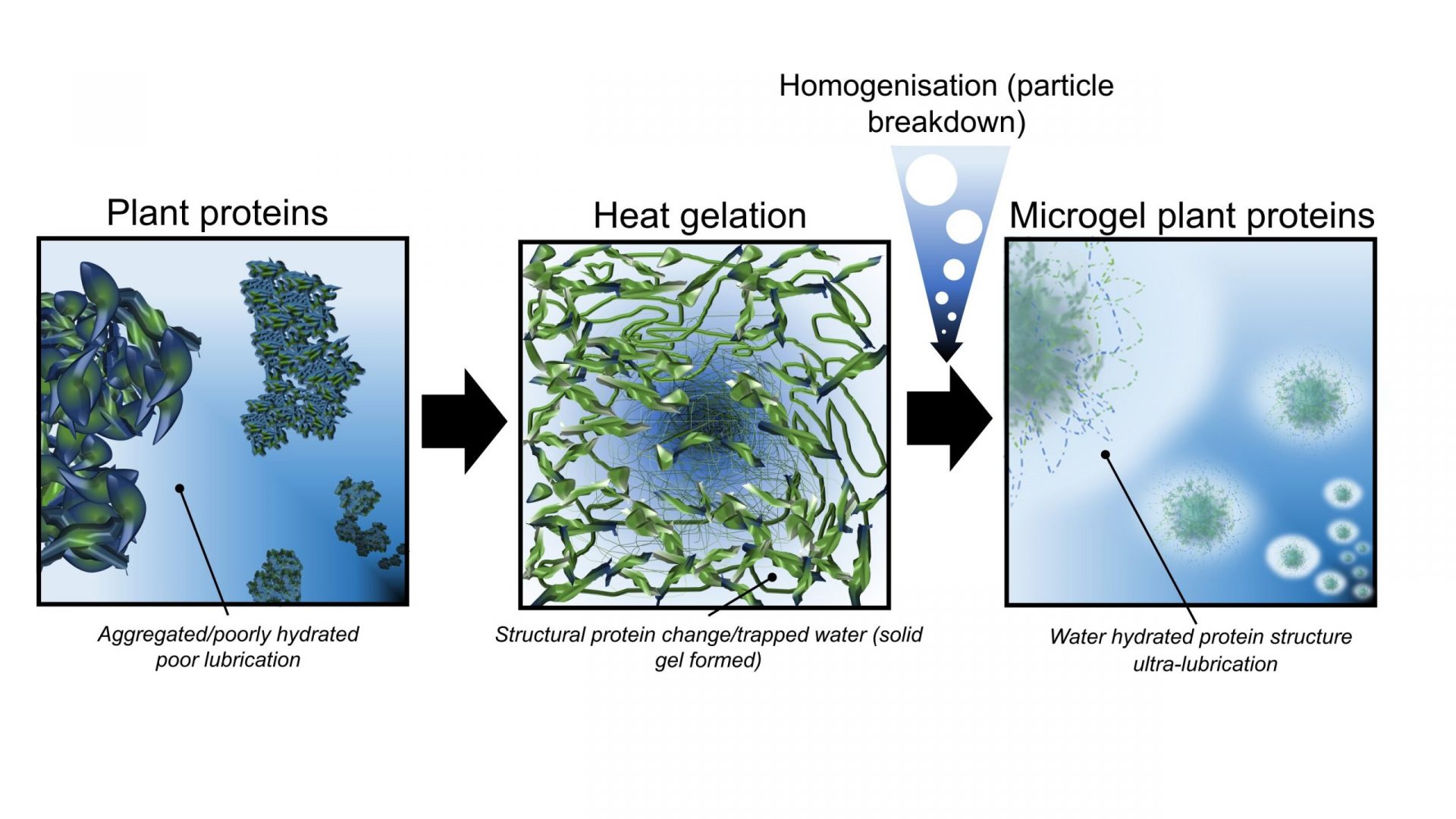Scientists at Nanyang Technological University, Singapore (NTU Singapore) have made a groundbreaking discovery in developing alternative materials for high-speed memory chips. These chips allow computers to access information quickly and overcome the limitations of current materials.
Previously, researchers struggled to read data stored in alternative materials known as antiferromagnets. However, the NTU Singapore team has found a solution. By passing a current through antiferromagnets at ultra-low temperatures, they were able to measure a unique voltage across them. This voltage allowed them to determine whether the antiferromagnets were coded as 1 or 0, enabling the data to be read.
“Our discovery provides a straightforward way to read data stored in antiferromagnets by being able to distinguish the two states the materials can take,” said Associate Professor Gao Weibo from NTU’s School of Physical and Mathematical Sciences (SPMS). “The findings advance research in using antiferromagnets for computer memory in the future.”
Memory chips made with antiferromagnets are expected to store and change data more quickly than those made from traditional magnetic materials. This makes them ideal for resource-intensive computing tasks. The research was a collaborative effort involving scientists from Israel’s Weizmann Institute of Science, Japan’s National Institute for Materials Science, and China’s Chongqing University.
Magnetic problems
Traditionally, computer memory is made up of silicon microchips. However, researchers have been exploring the use of magnetic materials called ferromagnets for memory chips. Ferromagnetic chips are more energy efficient than silicon ones and are now used in artificial intelligence and space applications.
While ferromagnets have been successful in storing data, they are susceptible to corruption or destruction when exposed to magnetic fields. Shielding the chips can solve this problem, but ferromagnets themselves can disrupt the properties of nearby ferromagnets. Antiferromagnets, on the other hand, do not produce magnetic fields and can store more data in the same amount of space.
Unique voltage solves data-reading problem
During their experiments, the NTU Singapore team discovered a unique voltage signal when passing an alternating current through antiferromagnetic manganese bismuth telluride crystals at extremely low temperatures. This voltage signal allowed them to determine whether the antiferromagnet was coded as 1 or 0, solving the problem of reading information stored in antiferromagnets.
The researchers believe that other antiferromagnets will exhibit similar behavior and plan to test materials that can encode data at room temperature. They also found that antiferromagnets could produce electricity when exposed to wireless energy, potentially powering portable electronic devices.
Assoc Prof Gao and his team are planning further research to harness more energy from antiferromagnets. This discovery represents a significant advancement in the field of computer memory and aligns with NTU’s strategic plan for interdisciplinary research.








